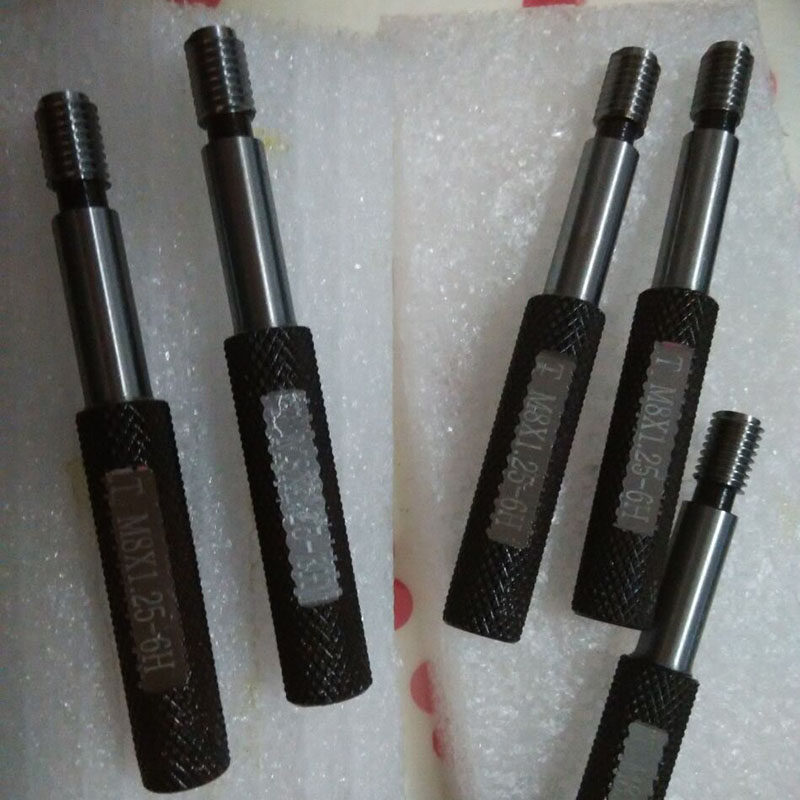nov . 11, 2024 02:10 Back to list
Understanding the Functionality and Applications of Globe Valves in Fluid Control Systems
Understanding Globe Valves Design, Functionality, and Applications
Globe valves are a crucial component in various fluid control systems. Their design and operational capabilities make them a preferred choice in numerous applications, including water supply, chemical processing, and power generation. In this article, we delve into the characteristics, functionality, and common uses of globe valves, along with their advantages and challenges.
What is a Globe Valve?
A globe valve is a type of valve used to regulate flow in a piping system. Its name derives from the spherical shape of the valve body, which houses an internal disk or plug that can be moved up and down to control the flow of fluid. The design of the globe valve allows for a significant amount of control over the flow, making it suitable for applications requiring precise regulation.
Design and Construction
The primary elements of a globe valve include the body, bonnet, disk, and stem. The body is typically made of durable materials such as stainless steel, brass, or plastic, depending on the application and the type of fluid being controlled. The bonnet houses the stem and provides access for maintenance, while the disk and seat determine the valve's ability to seal when closed.
Globe valves can come in various configurations, including Y-pattern and Z-pattern designs. The Y-pattern design allows for lower pressure drops and better flow characteristics, making it ideal for high-performance applications. Conversely, Z-pattern globe valves offer enhanced sealing capabilities.
Functionality
The unique shape of the globe valve contributes significantly to its operational efficiency. Unlike gate valves that can only be fully open or fully closed, globe valves can be throttled, allowing for finer control of flow rates. This is particularly beneficial in systems where precise adjustments are necessary, such as in chemical mixing or in controlling the temperature of heat exchangers.
a globe valve

When the valve is operated, the stem is turned either manually or automatically, raising the disk off the seat to allow fluid to flow through the valve. The manner in which the disk interacts with the seat helps to minimize turbulence and reduce the risk of erosion or damage to internal components.
Applications
Globe valves are widely used across various industries due to their versatility. In the water treatment industry, they are often employed to control the flow of water and other fluids. In the oil and gas sector, globe valves are utilized in pipelines to manage the flow of crude oil, natural gas, and other hydrocarbons. Its ability to effectively handle high-pressure systems makes it an essential tool in power generation facilities, where steam and water are commonly regulated.
Additionally, globe valves are used in HVAC systems to control the flow of hot and cold water or air. Their ability to handle corrosive substances also makes them suitable for chemical manufacturing processes.
Advantages and Challenges
One of the primary advantages of globe valves is their ability to provide precise control over flow rates. They also have a relatively simple design, which allows for easier maintenance and repair. Their robust construction means that they can handle high pressures and temperatures effectively.
However, globe valves are not without their challenges. Their design often leads to higher pressure drops compared to other valve types, which can be a disadvantage in systems where maintaining pressure is critical. Moreover, frequent operation can lead to wear and tear on the sealing surfaces, necessitating regular maintenance checks.
Conclusion
In summary, globe valves are a vital component in fluid control systems across various industries. Their design, which allows for precise flow regulation, makes them ideal for applications where control is paramount. While they offer several advantages, it’s essential to consider the specific requirements of a system before selecting a globe valve, ensuring optimal performance and longevity. Understanding the characteristics and functionality of globe valves will help operators make informed decisions about their use in various applications.
-
Rising Demand for Corrosion-Resistant Metal Valves in Wholesale MarketsNewsMay.30,2025
-
Revolutionizing Industrial Workholding for Fabrication Table ClampsNewsMay.30,2025
-
Precision Measurement: Plug Gauges in Industrial Quality ControlNewsMay.30,2025
-
Material Selection and Durability in Heavy-Duty Welding Table WorkbenchesNewsMay.30,2025
-
Durability and Maintenance of Granite Fabrication TablesNewsMay.30,2025
-
Precision in Measurement: Why a Quality Inspection Platform MattersNewsMay.29,2025
Related PRODUCTS









